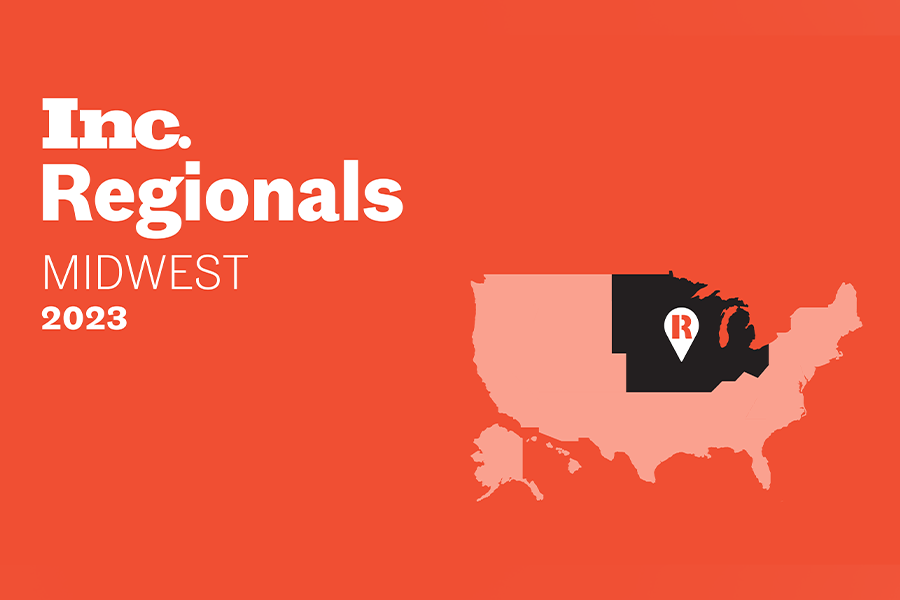
Hospitals historically have had little responsibility for the post-acute care that follows a patient’s hospital stay. In fact, 93 percent of healthcare organizations don’t have a fully coordinated care plan as patients move between inpatient, post-acute and home settings, according to a New England Journal of Medicine Catalyst report. Here’s why that needs to change.
Today, bundled payment programs and other alternative payment models put a premium on collaboration. Financial incentives for the nearly 1,300 providers who will participate in the Bundled Payments for Care Improvement – Advanced model are tied to how well providers across the care continuum can work together and get patients home at the right time.
To manage bundled programs, some hospitals hire dedicated navigation coordinators or outpatient case managers. Some organize case management teams around specific bundled programs or embed providers in their facilities. Once internal resources are in place, the next step is to identify partners who deliver consistent, high-quality care. Most hospitals are just beginning this journey. Here are four ways to get started:
1. Build narrow, high-performing networks
Hospitals traditionally rely on RFP contracting to cast a wide net for potential providers. But research shows that a narrow network is one of the keys to lowering preventable readmission rates. To do this, hospitals first need to determine the differences in cost and quality of care across existing providers. Fifty-eight percent of healthcare organizations say they have contracted or informal relationships with preferred post-acute providers, according to a NEJM Catalyst report. But are they the right providers? Are they the ones who will help improve readmissions rates and patient outcomes? Your original assumptions may be wrong. As contracts come up for bid, evaluate which facilities meet performance criteria such as being highly rated by Medicare or having low readmission rates.
2. Create shared quality measures
Skilled nursing facilities caring for Medicare patients are paid per diem, so they are financially motivated to keep their beds full and prolong length of stay. But the financial landscape is changing. Hospitals now have an opportunity to identify quality measures that align financial incentives, and pay post-acute providers for things like reducing length of stay, reducing readmissions and enhancing patient experiences. SNFs and other post-acute providers who embrace these changes will be the winners moving forward. They recognize the value of being part of a hospital’s preferred network, where they’ll have a pipeline of referrals, shared access to EMRs and more access to case managers.
3. Get patients home with the right services
Care is moving outside of the hospital and into the home and community. We need to understand how to organize care this way because, when you do, it’s more affordable, more convenient, and it’s a better experience for the patient. So it’s not just about discharge; it’s about coordinating the patient’s whole journey from hospital to home. Some hospitals in bundled payment agreements have reduced referrals to skilled nursing facilities and, instead, have discharged patients home with a mix of services tailored to the individual patient’s needs. This could include home health care, non-medical home care, outpatient physical therapy or coaching up family caregivers so they can manage good outcomes. This not only reduces costs, it makes it easier for patients to go home and stay home.
4. Stay connected
Communication is key when patients are cared for and monitored in their home. Using digital tools, case managers and other providers can continue to provide care and remain in touch. They can identify potential issues and intervene before a patient’s needs escalate. And, they can coach family caregivers to help them operate at a higher level and allow them to be part of the healthcare team.
Interested in learning more? See how Northwestern Medicine improved bundled case management and reduced readmission in this video.





